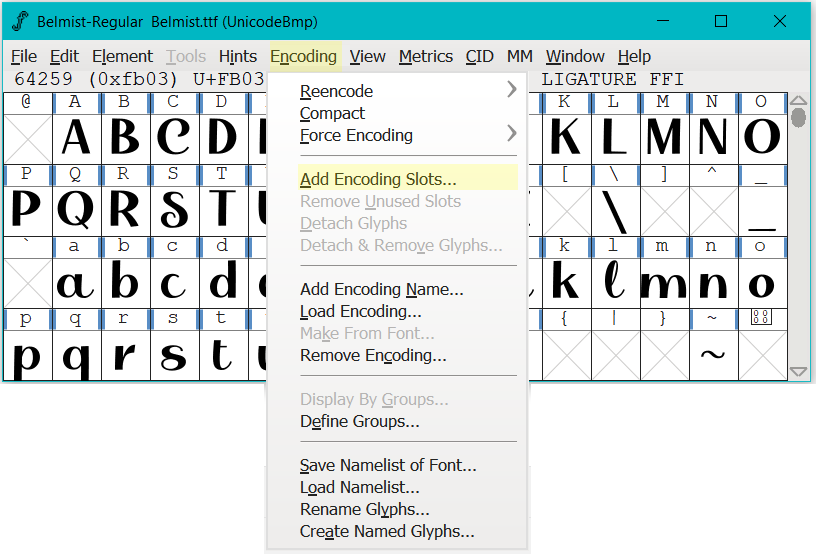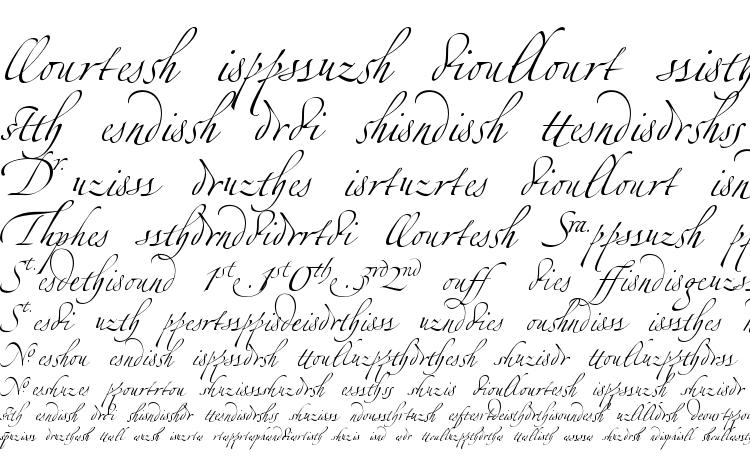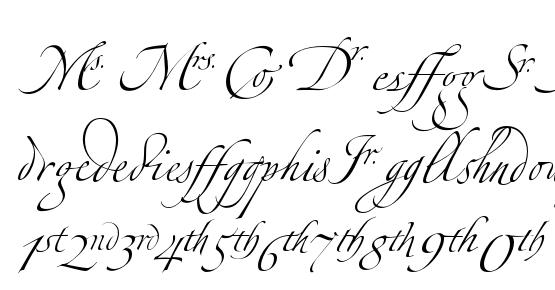

The first thing we must do is create a simple substitution mapping each low Have one glyph appearing in two classes). Instead of two? Because in this case all my classes must be disjoint, I mayn’t (You might wonder why I don’t just have a class of all letters and use one rule => Apply a substitution to the second letter => Apply a substitution to second letter

If either of these matches the second glyph should be transformed Will match a glyph in the “bovw” class followed by another glyph in the “bovw”Ĭlass, while the second will match a glyph in the “bovw” class followed by any We need to create two patterns, the first We divide the set of possible glyphs into three classes: the letters “bovw”, all Them for some other scripts they will work.Īs time has gone on ‘calt’ has been supported by more applications for latnĪnd this warning is no longer as applicable as it once was. I knew enough about Indic or Arabic typesetting I would provide an exampleįor those scripts. Why do I provide an example which might not work? It’s the best I can do. “Contextual Alternative” (‘calt’) feature for the latin script. The following example may not work! The font tables produced by it are allĬorrect, but early implementations of OpenType did not support decided the Let us call this second set of letters the “high” lettersĪnd name them “a.high,” “b.high” and so forth. That joins (on the left) at the baseline (the default variant) and one which Thus we need two variants for each glyph, one “v” and “w” join their following letter near the x-height, while all other With, the problem of typesetting a latin script font where the letters “b,” “o,” Instead of an Indic or Arabic example, let us take something I’m more familiar Substitution, later of contextual ligatures. First I shall provide an example of a contextual Specified by a state machine – a mini program which parses and transforms theĬonditional features may involve substitutions, ligatures or kerning (and some Substitutions it defines will be applied. In OpenType a context is specified by a set of patterns thatĪre tested against the glyph stream of a document. Which only take place in a given context and are essential for typesetting IndicĪnd Arabic scripts.

OpenType and Apple fonts both provide contextual features.


 0 kommentar(er)
0 kommentar(er)
